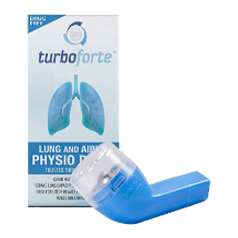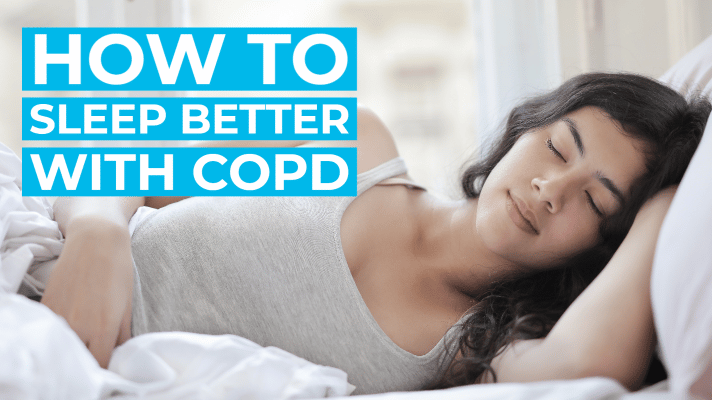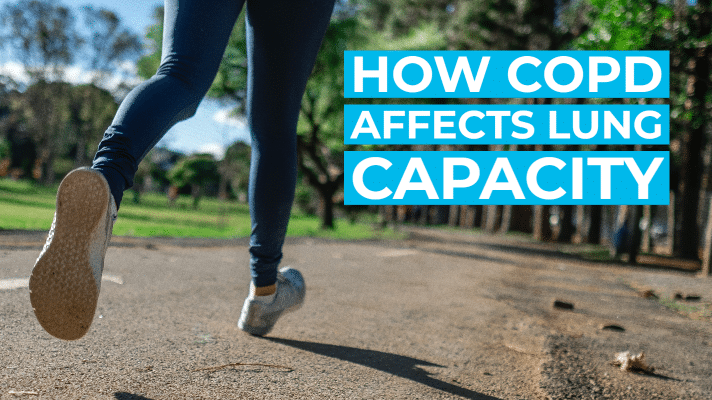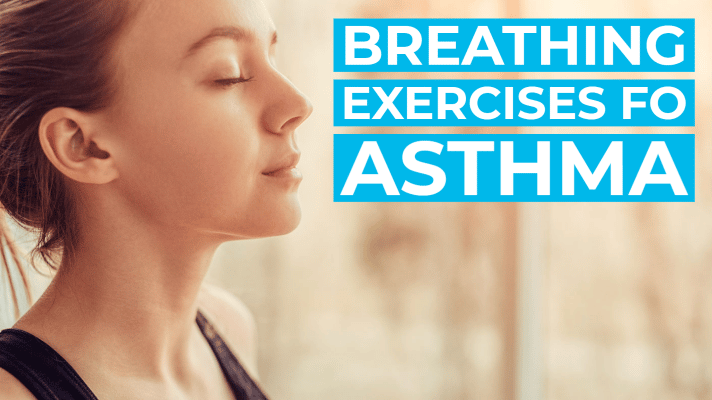
Asthma affects on average 1 in 12 Americans, narrowing the airways of the lungs and making it difficult to catch your breath. While there are plenty of medications on the market to treat asthma, recent research demonstrates breathing exercises may be an affordable and easy complement other treatment to help alleviate symptoms of asthma. Breathing exercises also help to improve your overall lung strength, capacity and health.
What is Asthma?
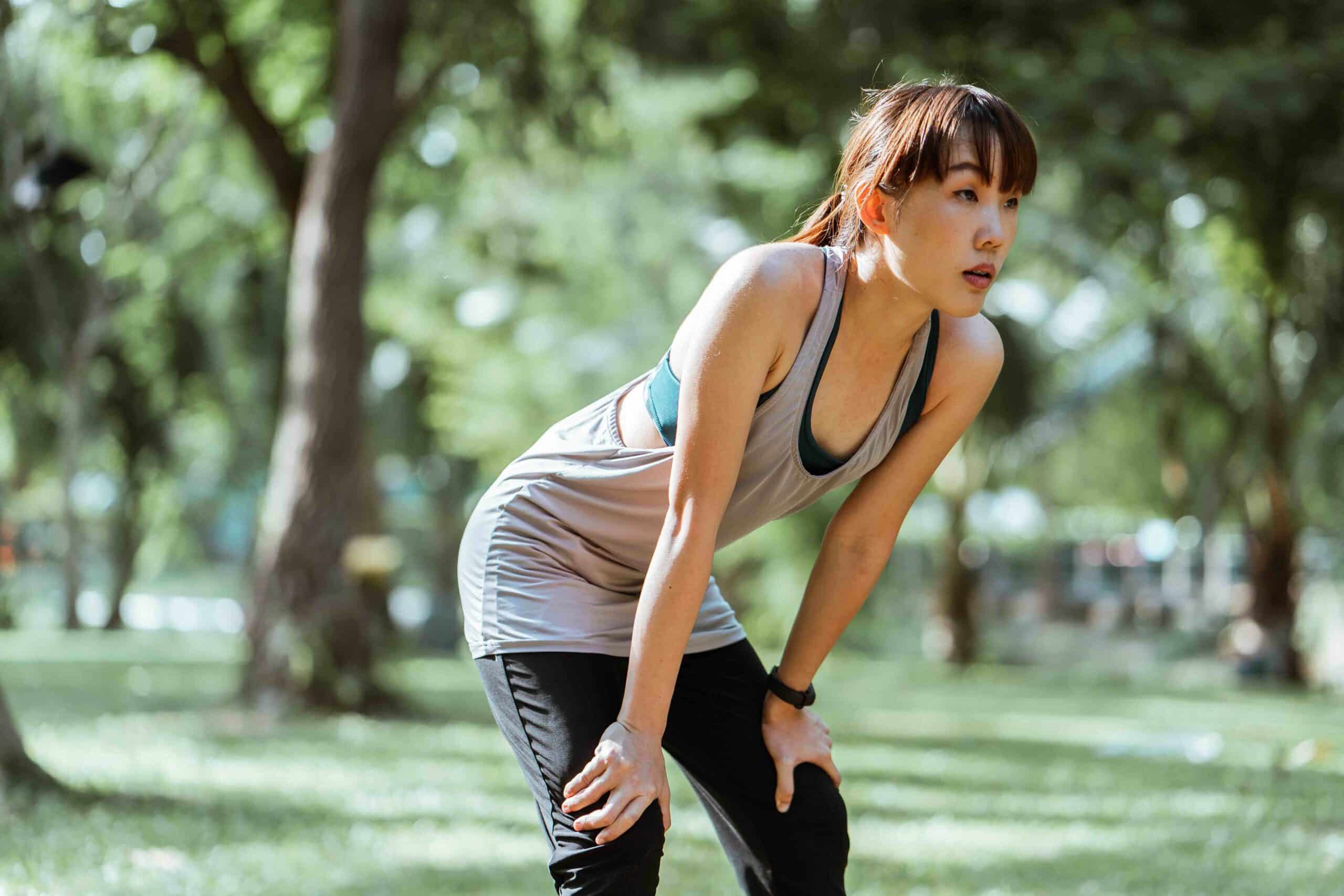
Asthma is a long-term lung condition that affects the airways. People with asthma often encounter difficulties breathing. This is because their airways are extremely sensitive and when inflamed, become narrow and contract. These flare-ups can occur slowly over hours, weeks, or immediately within a few minutes.
Symptoms of asthma may include a persistent cough, wheezing, shortness of breath, a tight chest and/or chest pains and other breathing difficulties (including silent asthma where one may not wheeze or cough).
How do breathing exercises help asthma sufferers?
Just like cardio exercise is good for strengthening your heart and blood vessels, breathing exercises activate your lungs. The correct use of breathing exercises can increase the strength of respiratory muscles, improve the flexibility of the rib cage and encourage the flow of oxygen through restricted airways.
Traditional may be challenging when you have asthma, especially as it can trigger asthma attacks for some. Finding ways to perform these breathing exercises while active can be highly important to maintaining a healthy lifestyle and reducing the frequency of flareups. You might find using these exercises during yoga or pilates more achievable than during cardio like a brisk walk. Frequent application of breathing exercises builds lung stamina overtime.
Breathing exercises are most effective when used in combination with asthma medications. They will not replace the need for asthma medications, but may reduce reliance upon, and frequency which they are required for asthmatics.
There are several types of breathing exercises used by asthmatics to help improve breathing and quality of life.
What breathing exercises are best for asthma?

Pursed Lip Breathing
Pursed lip breathing is a type of breathing exercise that is often used by people living with asthma or other chronic respiratory illnesses when they experience shortness of breath. The pursed lip technique promotes efficient breathing. More air is able to flow in and out of your lungs so you can be more physically active without discomfort.
To try pursed-lip breathing, follow these steps.
- Sit down in a chair and relax your neck and shoulder muscles.
- Breathe in slowly through your nose, making sure to keep your mouth closed.
- Then, pucker or purse your lips as if you were going to blow out a candle.
- Expel all of the air in your lungs through your mouth slowly and gently through pursed lips. Try and spend longer on your exhale than your inhale.
Repeat for 5 minutes.
Diaphragmatic Breathing
Diaphragmatic breathing is also a common technique used by asthmatics. The diaphragm is a dome-shaped muscle below your lungs that helps you breathe. Strengthening this muscle retrains your lungs to slow your breathing and decrease your body’s oxygen needs to try and alleviate symptoms of needing to catch your breath.
To try Diaphragmatic breathing exercises:
- Stand up straight with feet firmly planted on the floor.
- Place one hand flat on your upper chest and the other hand on your stomach.
- Breathe in slowly through your nose. The hand on your stomach should move, while the one on your chest remains still.
- Breathe out slowly, emptying the chest of breath. Focus on keeping the hand on your chest still and repeat.
Controlled Breath Holding
This technique encourages you to practice holding your breath without needing to gasp for air afterwards. Improving your lung capacity and oxygen retention may help reduce the feeling of breathlessness for asthmatics.
To practice controlled breath holding:
- Sit upright and well supported.
- Breathe gently in and out through your nose, relaxing your neck and shoulder.s
- Take a normal relaxed breath in and gently breathe out, using your stomach breathing.
- At the end of the breath out, pinch your nose and hold your breath for just a few seconds.
- When you feel the slight urge to breathe in, let go of your nose and breathe normally.
No need to overdo it, it’s not about how long you hold your breath for but rather about conditioning your lungs to get used to the feeling.
Airway Clearance
The Turboforte Lung Physio is a handheld, drug-free airway clearance device that helps to expand lung capacity and strengthen airways. The respiratory flutter valve device operates through a precisely weighted stainless steel ball that creates vibrations through your airways when you exhale through the device and conditions lungs to breathe more efficiently.
To use the Lung Physio:
- Sit straight in a chair with feet planted firmly on the ground or lie down flat.
- Take a deep breath.
- Place the device between your lips and exhale firmly, expelling all air from your lungs to lift the ball.
- Repeat for 5 to 10 minutes or until your chest feels relaxed.
How often should I be doing breathing exercises for asthma?
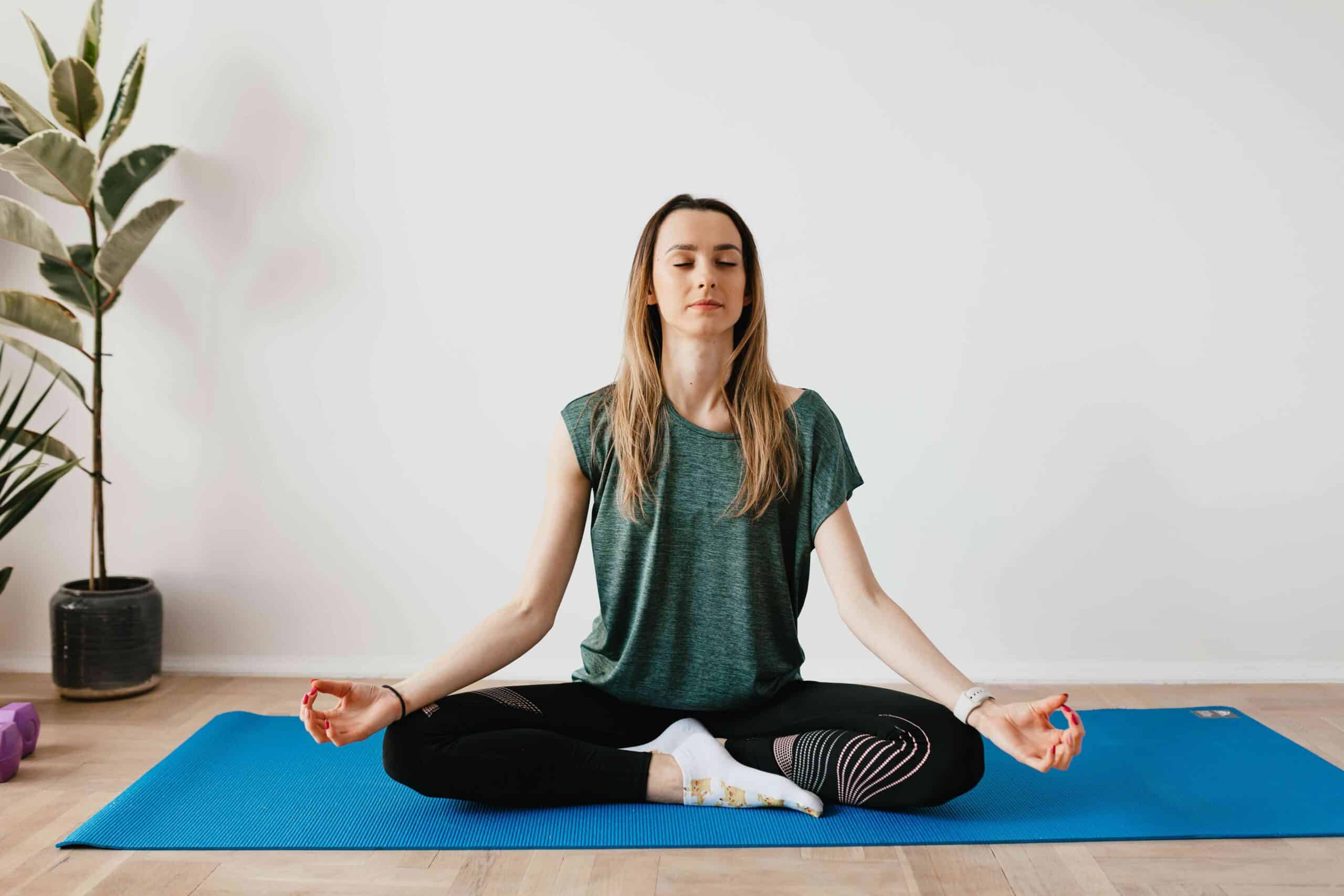
The American Lung Association recommends ideally 5-10 minutes a day. It’s also important to note you shouldn’t try these exercises when you’re feeling an intense shortness of breath or heavy symptoms of asthma in place of your inhaler. Instead, choose a time of day where you’re breathing okay to practice and train your lungs.
Talk to your doctor to discuss breathing techniques to complement any treatment.
Turboforte is easy to use, non-invasive, and medically approved. Read about how Turboforte has helped thousands in our customer testimonials here or purchase one for yourself today.
While Turboforte is a drug-free, all-natural way to help and can be used in conjunction with your usual treatment regime, always seek the guidance of your doctor or other qualified health professional with any questions you may have regarding your health or a medical condition. Never disregard the advice of a medical professional, or delay in seeking it because of something you have read that contradicts your doctor’s personal advice.

